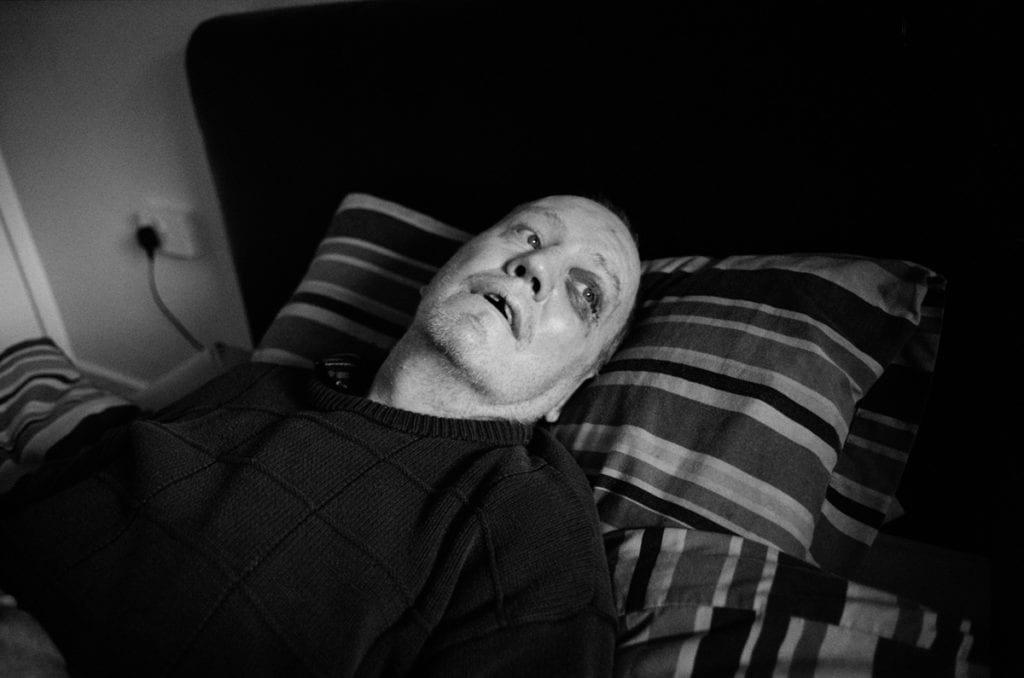So you’ve thought long and hard about whether the time is right to make a photobook, and you’re sure there is an audience for your project; what’s next? If you want to make a book then you have to start physically making it, says Dewi Lewis, whose experience in publishing stretches over more than 30 years.
“If someone is working on a project they are convinced is a book, my view is they should be continually putting together a dummy in its loosest sense – something where the work is sequenced,” says Lewis. “You need to see as you go where the gaps and strengths are. So it’s a case of continually printing out the images, putting them in a sequence, and living with it.”
There is a lot to think about when deciding the look of your book, such as choosing which images to show, finding an effective way to translate those images to page, and refining the edit.
Photographers should have their final selection of images ready and organised well in advance, advises Dee-Anna Chorney, digital manager at Bob Books. “Any retouching or editing should be done before you start on the book,” she says. “Once you get into the flow of designing your book, you don’t want to have to stop to sort out (or look for) a particular image.”
There are other practical considerations too, she adds. “When choosing the size, paper type and binding of the book you’ll need to consider what is best suited to your project, but also how this might affect the production costs, and your possible profit margins. Are you planning to position your book as a high spec, limited edition, or are you looking for volume sales at a lower price, and likely, a lower profit margin?”
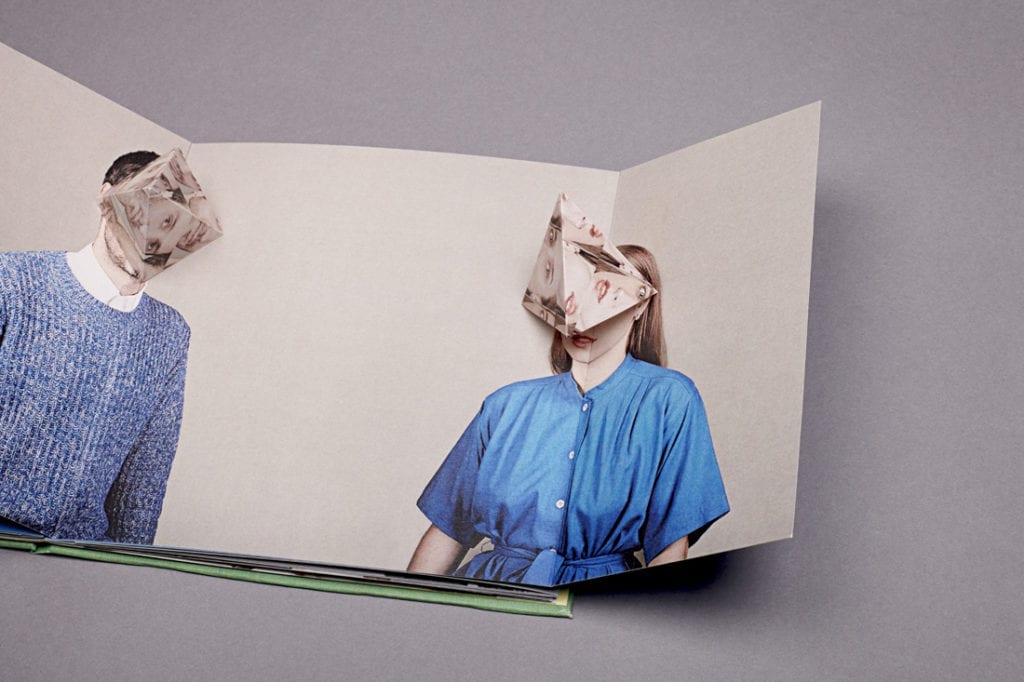
You may also want to consider working with a professional designer. “Get paper samples and order a few test copies to see how it feels when you have the book in your hands,” she says.
“It’s also good to have an idea of the book format and number of pages in the book you are aiming for. With Bob Books, it’s easy to change your book design as you develop your idea using our custom design software or Adobe InDesign templates. While [working with a designer] will bring a whole new perspective on your book and take some of the work off your shoulders, you will need to feel comfortable relinquishing some of your creative control.”
Setting a design and production timeline early on can be helpful, says fine-art photography consultant Mary Virginia Swanson, who advocates this in her book, Publish Your Photography Book, (now in its second edition), co-written with Darius Himes.
Whatever kind of book you are producing, it’s crucial to strategise – “otherwise I find people miss opportunities, or stumble through that process,” says Swanson. The structure and style should reflect the content where possible, she adds, although she utters a word of warning: “I think photobooks are most successful when that joint experience can happen, but people have to understand that traditional trade publishers may not be able to do that… they have constraints for the mass market that may not work.”
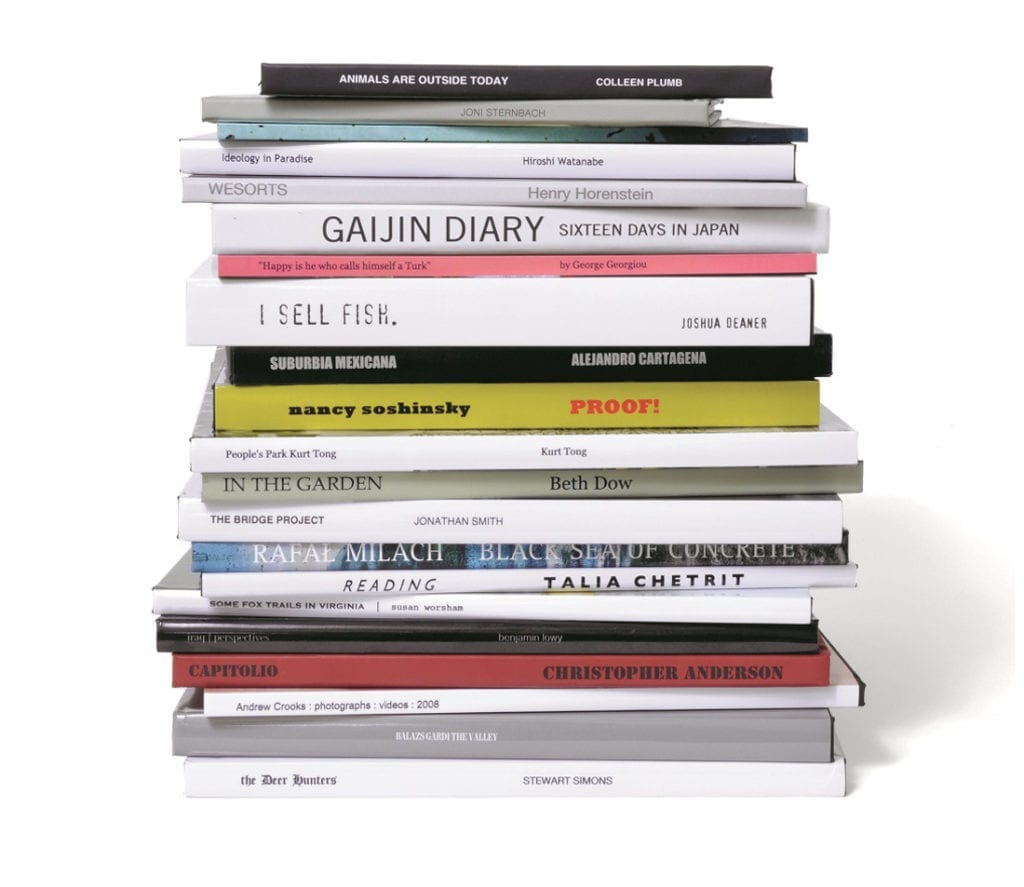
Photographer Jim Mortram had been working on his documentary project Small Town Inertia about life and austerity on the outskirts of a British town for more than five years before he felt the time was right to start thinking about a book.
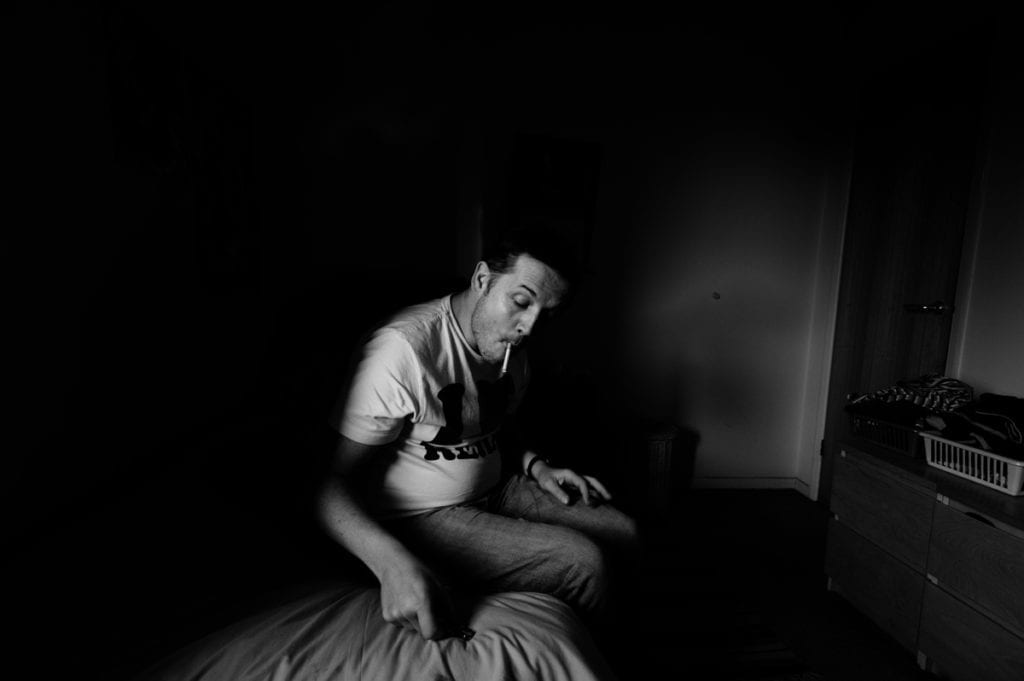
Because Mortram spent so much time thinking about and refining his stories as he went along, when it came to making an edit, the process was straightforward.
“Selecting photographs for the book took very little time, [as] I’ve always kept everything in a library, chronologically. I knew which images worked best and I’ve always edited very hard for each separate story, which was a good self-imposed education in being ruthless with my own work.”
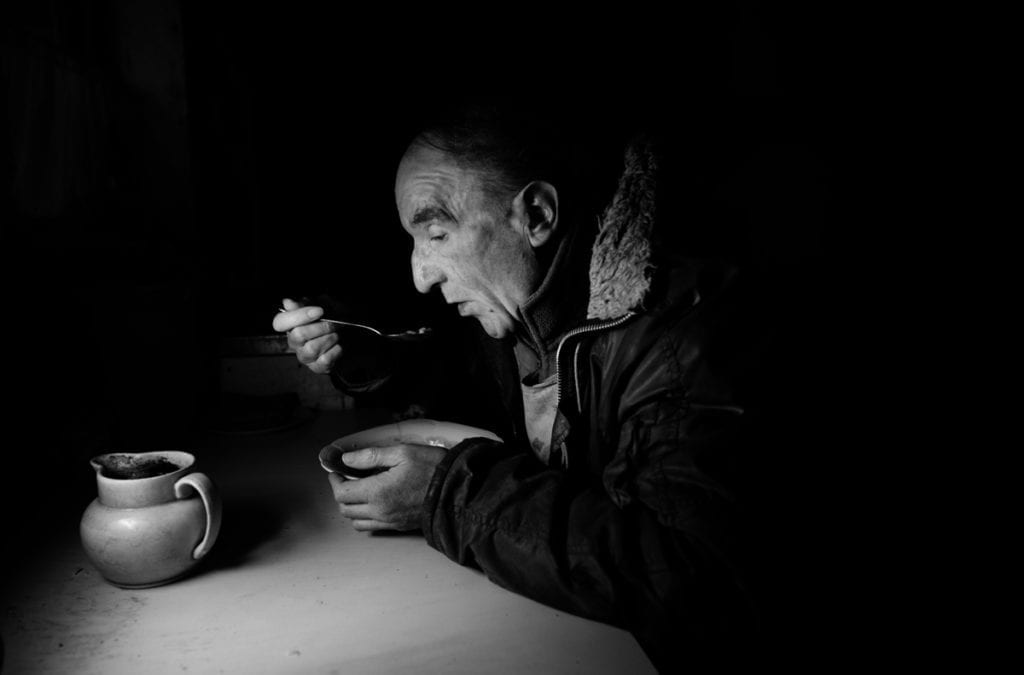
Ultimately, it’s important for photographers to take ownership of their work, says Lewis. “It’s always said that photographers are the worst editors. That’s sometimes true, but they have to start – they have to be the first editors of the work. For a publisher or a gallery – we want to see their view of their work, so they have to make their selection and put it in a sequence.”
“You want to understand what they are trying to say. It is their book, so they should lead it.”
And if you’re thinking about producing your own photobook, Bob Books are inviting photographers to submit projects for the chance to have your work printed as a limited edition, bespoke photobook. The winning photobook and photographer will be featured on BJP-Online and across BJP’s social media channels. It’s free to enter, and the competition is open to photographers from all territories.
The deadline for applications is 27 June 2017. Find out how to enter here!
Stay tuned for the third and final part of our photobooks series with Bob Books, in which publishing experts and photographers share tips on how to fund and promote your photobook, and make sure it sells.
Sponsored by Bob Books: This feature was made possible with the support of Bob Books. Bob Books offers users the ability to create personally customised, beautifully presented photobooks and printed products. The Bob Books Photobook Award is a Bob Books competition, with promotion and coverage of the winners provided by BJP. The interviewees in this article do not necessarily endorse any of the brands represented. Please click here for more information on sponsored content funding at British Journal of Photography.
